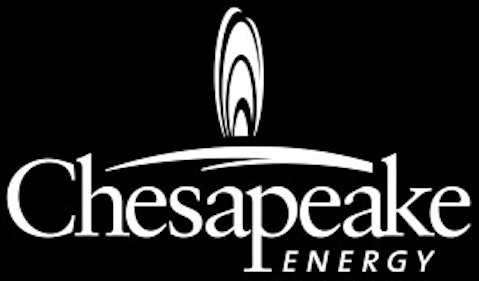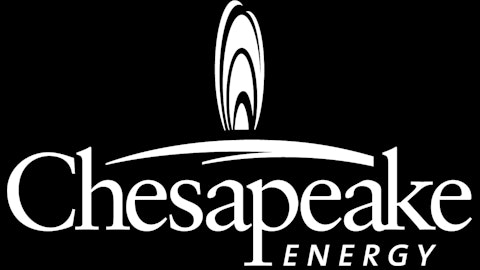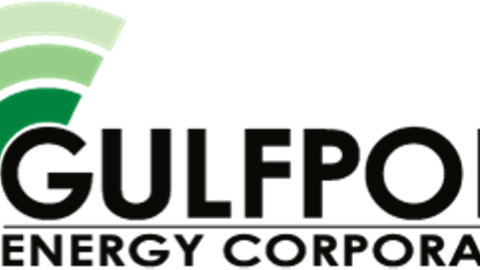
A half-dozen years ago I penned an article for The Motley Fool suggesting the establishment of a Manhattan Project-style program stocked by experts in energy and science to develop ways to survive what appeared to be rapidly and precariously declining oil and gas reserves. At that time, crude prices were rocketing toward their eventual top of $147 per barrel, after which they immediately reversed course and plunged by about three-fourths.
Chopping imports
Now, however, prognostications of a glaringly rosy future for the U.S. energy scene are popping up like weeds in granny’s garden. For instance, early this month Citigroup commodities guru Edward Morse unleashed a report — “Energy 2020: Independence Day” — which engendered all manner of euphoria across the fruited plain. His contention is that major shifts in the geological and economic landscape are likely to result in steady increases in U.S. and Canadian oil and gas production. Those increases will be augmented by declines in demand for hydrocarbons on our continent. The result will be a material reduction in crude prices worldwide.
We’re not talking here about the first effects of these changes being felt in the outlying years. Morse forecasts a slide of $10 per barrel from current crude prices by December.
Then again, maybe we’re already feeling those effects. As Morse points out, since 2006 imports of oil into the U.S. have tumbled from 12.6 million barrels a day to about 6.8 million barrels per day currently. Conversely, in that identical time frame, our domestic production of crude, natural gas, and bio-fuels has jumped by three million barrels per day.
As Morse says: “A half decade from now combined U.S. and Canadian output will be in surplus of projected needs. Over the next five years, demand for natural gas in the U.S. should catch up with supply … igniting a reindustrialization of the country.” This year alone, the U.S. is expected to knock down its oil import numbers by about 700,000 barrels per day.
But Morse isn’t the only painter of smiles on the faces of economists and energy consumers — which obviously means all of us. Just last summer, the U.S. International Energy Agency, or IEA, predicted that the U.S. will surpass both Saudi Arabia and Russia as the world’s most proudly prolific producer by 2017.
A totally different take
Not everyone is in wholehearted agreement with Morse and the IEA, however. For example, energy seer and investor Bill Powers has a book docketed for spring publication. It bears the ominous title “Cold, Hungry and in the Dark: Exploding the Natural Gas Supply Myth.” As you might expect, his thesis is that “…the importance of shale gas has been overstated; the U.S. has nowhere close to a 100-year supply. The myth has been perpetuated by self-interested industry, media, and politicians. Their mantra is that exploiting shale gas resources will promote untold economic growth, new jobs, and lead us toward energy independence.”
He continues by forecasting a sharp and imminent fall-off in shale gas production: “[The resulting] decline [in gas availability] is a setup for a gas crisis, a supply crunch that will lead to much higher prices, similar to what we saw in the 1970s.” Clearly that prediction of a hydrocarbon Armageddon could have a salutary effect on much of the energy sector. I’d include, for instance, Exxon Mobil Corporation (NYSE:XOM), currently the largest U.S. natural gas producer, Chesapeake Energy Corporation (NYSE:CHK), which has been struggling to boost it liquids output, but still generates about 70% of its revenue from gas, and perhaps Royal Dutch Shell plc (ADR) (NYSE:RDS.A), which has arrived at a production that is now about half natural gas.
Potentially affecting both sides of this picture is, of course, whether TransCanada Corporation (USA) (NYSE:TRP)‘s proposed Keystone XL pipeline gains a presidential imprimatur this year. As Gerald Seib said in a Wall Street Journal column on Tuesday: “There is ample reason to think the second-term Obama White House, seeing openings to shake America’s dependence on Middle East oil, would like to find a way to give the green light (to the Keystone’s construction).”
Maybe, but maybe not. Perhaps Seib hasn’t been informed that, while still technically in his first term, the president quietly removed 1.6 million federal acres from the nation’s drilling allotment three days following the November election.
Energy’s potential tinderboxes
Finally, it appears that there are other, extremely daunting issues at play that could easily and quickly move crude prices far higher, long before the circumstances envisioned by either Morse or Powers bear fruit — and certainly prior to the construction of a pipeline from Canada to the Gulf Coast. I’m referring here to the tremendous number of underreported hot spots that describe much of oil-producing Africa and the Middle East today.
After all, with fiscal cliffs, sequestrations, and disabled cruise ships almost obsessively topping today’s journalistic agenda, there’s little room for geopolitical reportage. Suffice it to say, however, that al Qaeda is apparently up to no good in Nigeria. And to the north, Anadarko Petroleum Corporation (NYSE:APC), the largest producer in Algeria, surprisingly has not been forced to step up security in that country, along with other foreign producers.
Moving directly east along the Mediterranean, while Tunisia only produces about 70,000 barrels of crude oil daily, it nevertheless was the birthplace of the of the original Arab Spring in 2011. Today, it’s again become sufficiently chaotic that its prime minister saw fit to resign on Tuesday, and the path that’ll likely to be trod by its government is anyone’s guess for now.
Next, we’ll hop over the border to Libya, where the Islamist militia generally associated with the September Benghazi atrocities has turned up again, albeit with minimal fanfare in the West. And, as you likely know, the next country to the east, Egypt, is beset by all sorts of military and sectarian confrontations, as President Mohamed Morsi, a former leader of his country’s Muslim Brotherhood, attempts to consolidate his government amid fierce opposition.
Identical levels of daunting instability also pervade almost every country in the Persian Gulf region. That characterization obviously includes Syria, where Russian support for the Assad regime has again become apparent. And for various reasons, it also defines Iran, Iraq, and increasingly perilous Bahrain.
The Foolish bottom line
I could continue on, but you get the picture. Either Morse or Powers — although clearly not both — may be prognosticating the globe’s energy future accurately. Or, as is another possibility, a metastasizing of the perils besting many oil-exporting nations may preempt both of their scenarios, driving crude prices to the stratosphere in the process. Wherever you cast your lot, however, if you’re a Foolish investor, you simply can’t afford to let the energy sector get out of your sight.
The article Oil Prices Are Headed Lower, or Maybe Much Higher originally appeared on Fool.com and is written by David Lee Smith.
Fool contributor David Lee Smith has no position in any stocks mentioned. The Motley Fool has the following options: Long Jan 2014 $20 Calls on Chesapeake Energy, Long Jan 2014 $30 Calls on Chesapeake Energy, and Short Jan 2014 $15 Puts on Chesapeake Energy.
Copyright © 1995 – 2013 The Motley Fool, LLC. All rights reserved. The Motley Fool has a disclosure policy.




